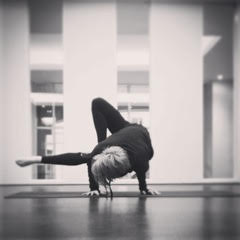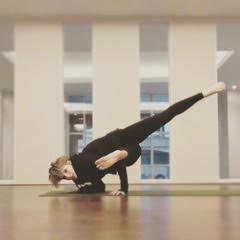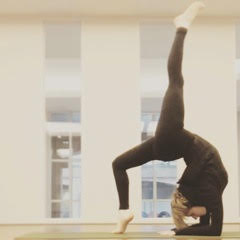by Elisabeth Carlsson (N.T Dip CNM, MBANT, RCNHC)
Nutritional Therapy appointments with Elisabeth are available at the Honor Oak Wellness Rooms by appointment only.
As a Nutritional Therapist I have an essential first aid kit of herbs and minerals/vitamins and essential oils at hand when colds and sniffs starts but sometimes you have to rely on food to help you fight of the bugs. The first signs of a cold often appear when the weather shifts from warmer to colder, we haven’t got our head around the drop in temperature and get caught out without a decent coat or jumper, and then you experience that little shiver which lets you
know that you might be coming down with something. So when you have nothing at hand, head to your kitchen and you can knock up some top immune boosting remedies straight from your pantry.
Onion (Allium cepa) - Onions are a natural antibiotic since Roman times and is great for relieving chesty-cold coughs. You can use is as a poultice or trying out a honey / onion home remedy for colds and sore throats. Including onions in your diet regularly is fantastic as they contain many health benefits other than being used for colds / congested chest / coughs. Suggestion: chop an onion, place in a bowl and cover with honey. Let steep over night and then take a teaspoon at regular intervals. This is great for clearing up a congested chest.
Garlic (Allium sativum) It’s the garlic’s active ingredient, Allicin, we can thank for it’s antibiotic, antimicrobial (1) , antifungal and antiseptic properties making it perfect for respiratory infections. Chopped and eaten raw, steeped in Manuka honey, used in cooking warming soups and stews garlic is one of the best and most easily accessible natural immune boosters. Suggestion: To bring out the Allicin even more is that you need to chop it up in tiny piece (or use a garlic press) and leave it out for 5-10 minutes before using. (2) Consume or cook right away and your garlic won’t live up to it’s full, protective, disease fighting potential.
Ginger (Zingiber officinale) Ginger is not only eases nausea but it’s great at raising the body’s temperature and helping to break a sweat, since in order to kill of pathogens, the body needs to generate enough heat to kill the bacteria or virus. This is why we want to avoid using painkillers like Nurofen which does the opposite. If we stop the body’s natural system of killing off pathogens, the infection just takes longer to shake. Using spices like ginger and chili, warm baths, keeping warm, drinking hot drinks helps the immune system do its job and get rid of the infection quicker. Suggestion: Chop some ginger in some water and let simmer for at least ten minutes (20 for a zingier tea). Strain and enjoy. If you find the taste a bit strong then add some Manuka honey (but let cool slightly before adding) This is also great if you are feeling a bit nauseous.
Turmeric root – (Curcuma longa) The turmeric root look a bit like a gnarly, skinnier cousin of ginger and when you peel back the skin the vibrant orange flesh is revealed. Be careful as it’s stains very easily. Turmeric is powerful herb that has long been used in Ayurvedic medicine, for healing wounds and treat skin conditions such a psoriasis. Turmeric also contains compounds that have anti-inflammatory, anti-fungal and anti-bacterial properties. An easy way to use fresh turmeric is to add it to curries, grate some onto eggs to take the breakfast to a sunnier level, into yogurt dressings or why not brew some punchy immune boosting tea.
Suggestion: Slice or grate about 1 inch of fresh turmeric, 1 inch of fresh ginger, 1 cinnamon stick (or 1 tsp of ground Ceylon cinnamon) to 3-4 cups of water and let simmer (not boil) for about 15 minutes. You could also add some pepper corns and a pinch of cayenne for extra boost. Leave until room temperature and add 3 tbsp of lemon juice and some Manuka honey if using.
Nutritional Therapy appointments with Elisabeth Carlsson (author) are available at the
Honor Oak Wellness Rooms by appointment only.
1. Antimicrobial activity of fresh garlic juice; (S.Yadav, N.A Trivedi, J.D Bhatt) AYU, 2015
2. World’s Healthiest Foods, G. Mateljan (p.261)
































